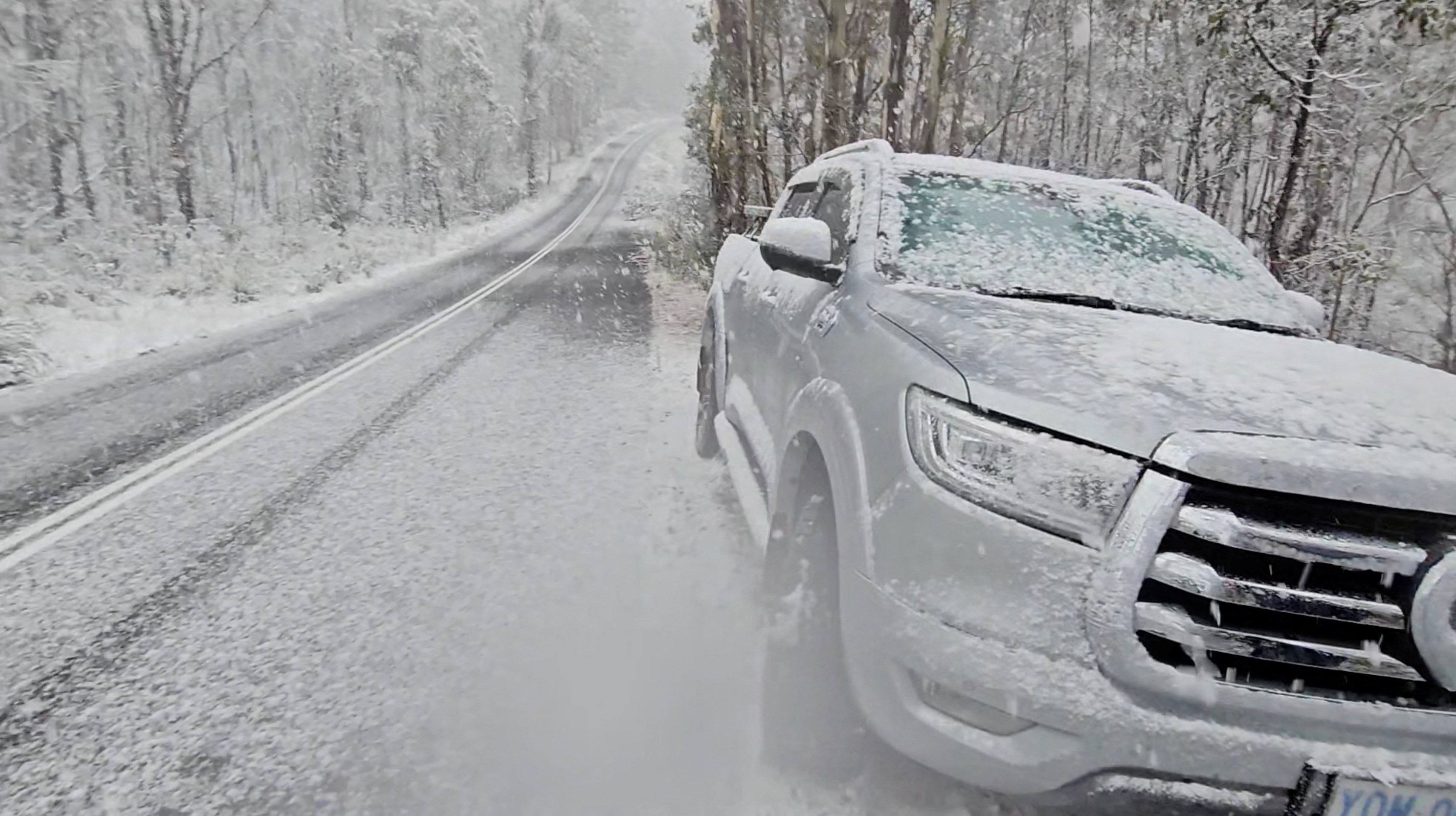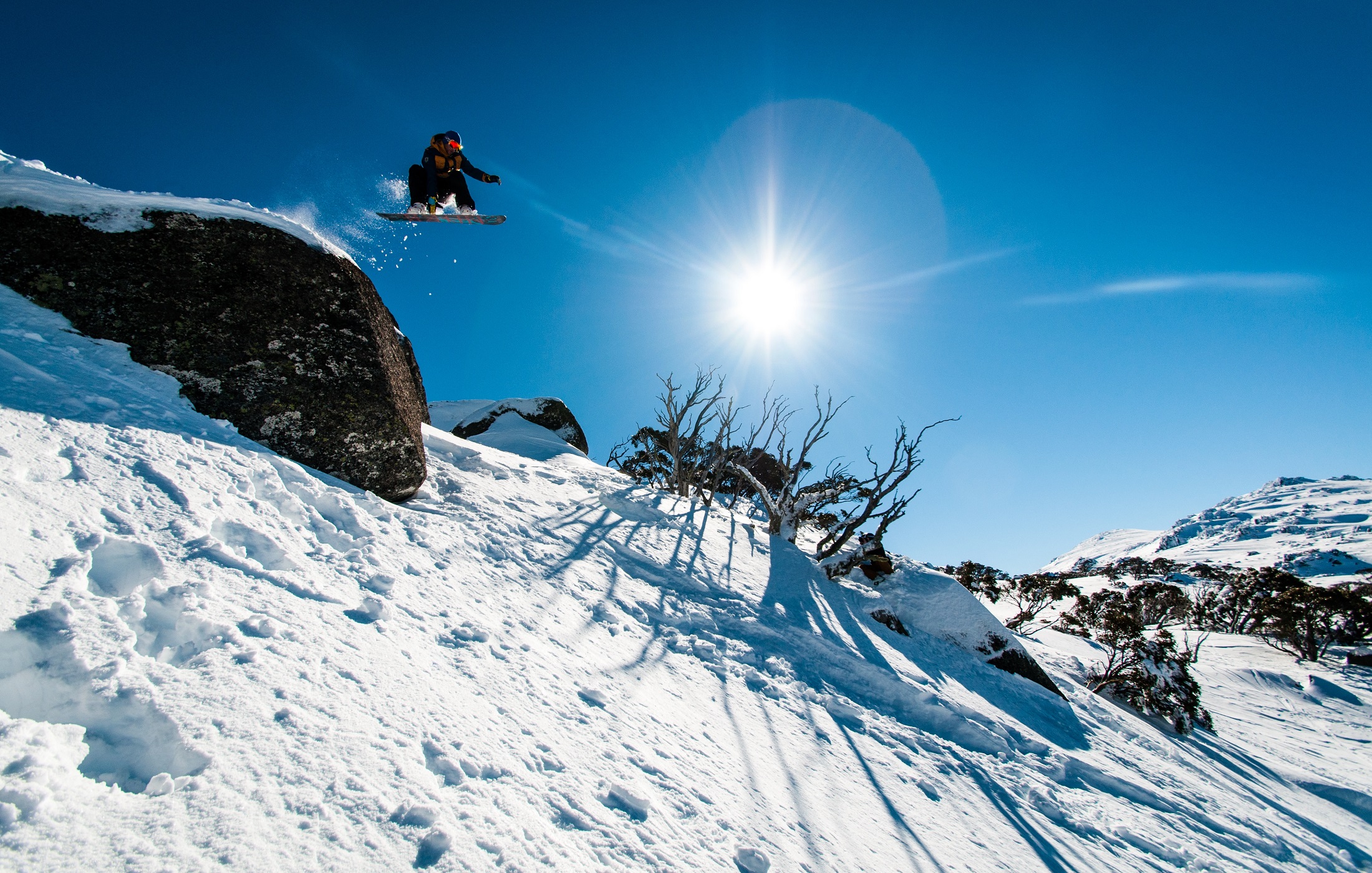The Different Types of Snow in Australia and Their Effect On Winter Sports
Australia, recognized for its sun-soaked beaches, is additionally home to a diverse variety of snow conditions that substantially affect winter sporting activities. Each kind, from the wet seaside snow to the dry interior powder, presents unique difficulties and benefits for professional athletes. An understanding of these variants is necessary for those seeking to navigate the Australian inclines, as each needs different strategies and durability. The complying with exploration will certainly talk about the implications of these snow kinds on winter season sports efficiency.

Recognizing the Characteristics of Different Snow Kinds
While lots of assume that snow is an uniform entity, it is important to recognize that there are different kinds, each with one-of-a-kind attributes. These differences in snow kind aren't merely visual; they significantly influence winter season sporting activities, dictating the convenience of movement, the speed possible, and the level of control called for from athletes.
The Effects of Powder Snow on Winter Sports and Snowboarding
In spite of its light and cosy appearance, powder snow in the Australian Alps provides both one-of-a-kind challenges and chances for winter sports lovers, specifically those engaged in snowboarding and snowboarding. The loosened, dry nature of powder snow can at first be tough to browse for beginners, needing cautious equilibrium and control. For even more seasoned practitioners, the soft, untracked snow offers an exciting experience, enabling for active and vibrant movement - Does Australia Get Snow. The smooth and flexible surface area of powder snow additionally lowers risk of injury during falls, making it a preferred choice for extreme winter season sports. It's worth noting, the differing deepness and unforeseeable nature of powder can often lead to concealed challenges, calling for continuous watchfulness.

The Challenges and Benefits of Packed Snow in Winter Sports
Changing focus from the loose, completely dry powder snow, an additional common kind of snow in the Australian Alps is packed snow, positioning its very own collection of difficulties and advantages in the realm of winter sporting activities. Managing and browsing turns rate can be challenging on stuffed snow, requiring higher skill degrees from professional athletes. Despite these difficulties, loaded snow continues to be a crucial aspect in several wintertime sporting activities, shaping the performance and strategies of athletes.
The Role of Wet Snow in Australian Wintertimes Gamings
As opposed to the dense, slick surface of packed snow, wet snow plays a completely various duty in Australian winter months games. Characterised by its high moisture content, wet snow impacts the speed and why not look here control of wintertime sporting activities individuals. Its hefty, sticky nature can be challenging for athletes, especially in snowboarding and snowboarding where rate and manoeuvrability are vital. Nonetheless, its pliability makes it excellent for snow sculpting occasions and for strengthening snow frameworks in sporting activities like snow ft battles. In spite of its risks, wet snow introduces an unique dynamic to winter games in Australia, screening professional athletes' versatility Full Report and durability, and serving as a pointer of the diverse climate condition they need to be prepared to deal with.

How Slushy Snow Affects Winter Season Sports Performance
Continuing the exploration of varying snow conditions in Australia, the impact of slushy snow on winter months sporting activities is one more appealing element. Slushy snow, arising from warmer temperature levels or direct sunlight, poses unique challenges to athletes. It reduces rate and calls for raised physical initiative as the devices penetrates the soft, water-saturated snow. In snowboarding and snowboarding, slushy conditions can affect the predictability of jumps and turns, increasing the risk of crashes. For snowmobiling, the equipment's efficiency may be hindered as it battles to keep traction. Thus, slushy snow changes the winter months sporting activities landscape, demanding not just enhanced physical exertion from athletes yet likewise a greater focus on useful reference security precautions.
Adapting Wintertime Sports Techniques to Various Snow Problems

Conclusion
To conclude, Australia's varied snow kinds significantly impact wintertime sporting activities efficiency. Each kind, from the glossy seaside snow to the drier interior powder and the heavy, sticky wet snow, presents distinct difficulties and advantages. Hence, professional athletes have to adjust their techniques to navigate these varying conditions efficiently. The snow's formative role highlights the significance of comprehending its attributes to optimize efficiency and safety and security in Australia's winter sports landscape.
Changing emphasis from the loose, dry powder snow, another widespread kind of snow in the Australian Alps is jam-packed snow, presenting its own set of obstacles and advantages in the realm of winter season sports - Snow In Australia.In comparison to the thick, slick surface area of jam-packed snow, damp snow plays an entirely various role in Australian wintertime video games. Its malleability makes it perfect for snow sculpting occasions and for strengthening snow frameworks in sports like snow ft fights.Continuing the exploration of differing snow problems in Australia, the effect of slushy snow on wintertime sports is another fascinating aspect. Each type, from the glossy seaside snow to the drier indoor powder and the hefty, sticky damp snow, offers special difficulties and benefits